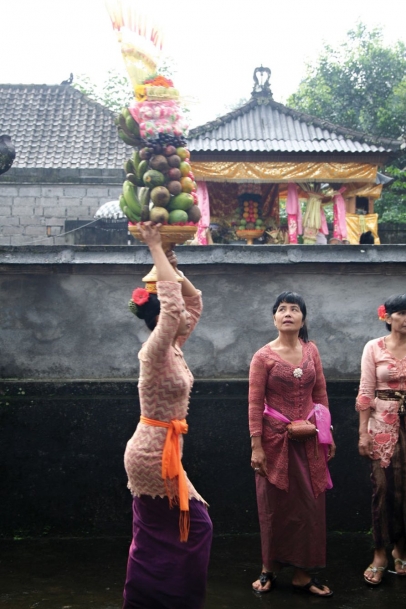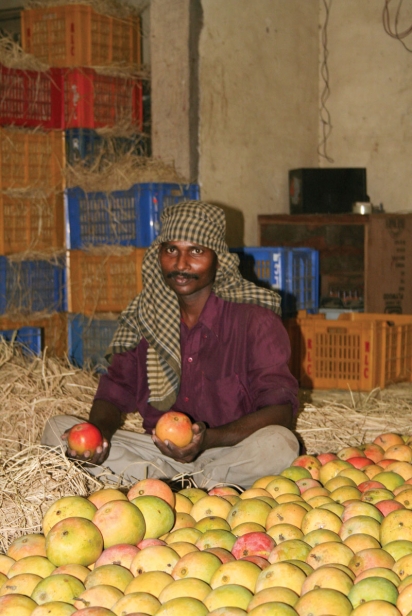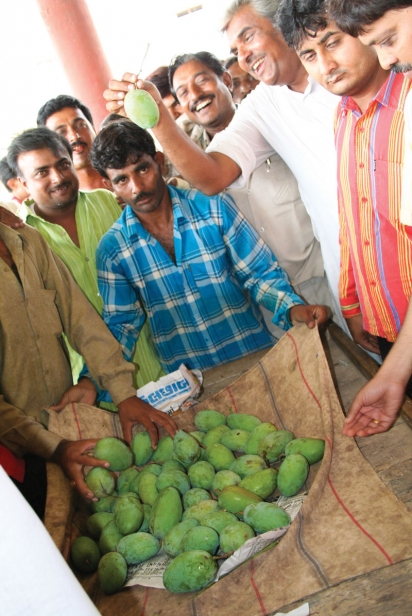Tell Me Where You’re From and I’ll Find Your Favorite Fruit
Before anyone jumps to any conclusions, let me explain. Fruits and vegetables, and in this case the king of all fruit, the mango, are undeniably tied to our cultural heritage. Certain regions of the world have given rise to cultures that have mango latex coursing through their veins. They eat, breathe and obsess about the fruit. Their obsession extends to specific cultivars, revolving in a tight orbit around the selections of their past.
Most of us have a fruit and vegetable bias. Born out of where we grew up and what we were exposed to as children, these biases run deep and make many blind to new tastes, new fruit or vegetables. To substitute something new for one of these links to the past can be a herculean effort.
Throughout my life in the edible world, I have borne witness to these biases, embraced these obsessions when in the public arena and later in the building and execution of our mango business. To better understand our customers and provide this connection to the past, I profile.
Custom Mangos
When customers approach, we take note of their accents, observe their mannerisms and draw a conclusion about where they may be from. With this, we now have a baseline from which to choose which of our dozens of cultivars may be appealing. Brazilians will gravitate to ‘Espada’ and ‘Rosa’. People from the islands like ‘Julie’ and ‘East Indian’. Haitians want ‘Madame Francis’. Southeast Asians prefer a host of long, yellow cultivars, and Indians look for ‘Alphonso’, ‘Pairi’, ‘Kesar’. And so on. I will often ask which part of their countries they’re from so I can better connect the customer with the proper mango or at least flavor type. Within India, an immense and culturally diverse country, there are wide regional differences that are defended with surprising zeal.
Our orchard was conceived and bred to take these cultural differences into account. We know that the ‘Alphonso’ is a difficult cultivar to grow here in South Florida, so we launched a breeding effort to create a flavor profile of the ‘Alphonso’ with the horticultural adaptation to Florida. So we came up with ‘Angie’. ‘Alphonso’ is a large tree, shy bearer and is susceptible to disease; ‘Angie’ has a small stature, prolific production and good disease tolerance and a similar flavor profile. ‘Ruby’ substitutes for ‘Julie’ and ‘Montego’ for ‘Bombay’; the model is designed to uphold the culture and heritage, but to modernize the adaptation. But cultural heritage and mango loyalty run deep. For me, there is only one ‘Edward’, for example. This cultivar embodies my childhood and my connection to my mother. This no one can replace.
Biases of Heritage
Each region has its own hot peppers, leafy greens and eggplants. In the commercial world of fruits and vegetables, multi-million-dollar marketing campaigns plant cultural cues to evoke responses. Growers and multinational companies position their products with these biases in mind. But it’s within the edible community that we can make real connections. We can grow the chiku for our Indian customers, the lamut for the Southeast Asian, the chicozapote for the North and Central Americans and the sapodilla for our neighbor from Peoria. Forget for a moment that they are the same species. These distinct clones differ in taste, appearance and usage.
We’ll continue our breeding efforts to provide viable substitutes to the fruits and vegetables of everyone’s childhood. We also know that we’ll struggle mightily against the biases and memories of all our customers. After all, they are not wrong. All mangos are wonderful; so are all avocados, sapodilla, jackfruit, and so forth. Variety is indeed the spice of life and we are reminded of this daily.






